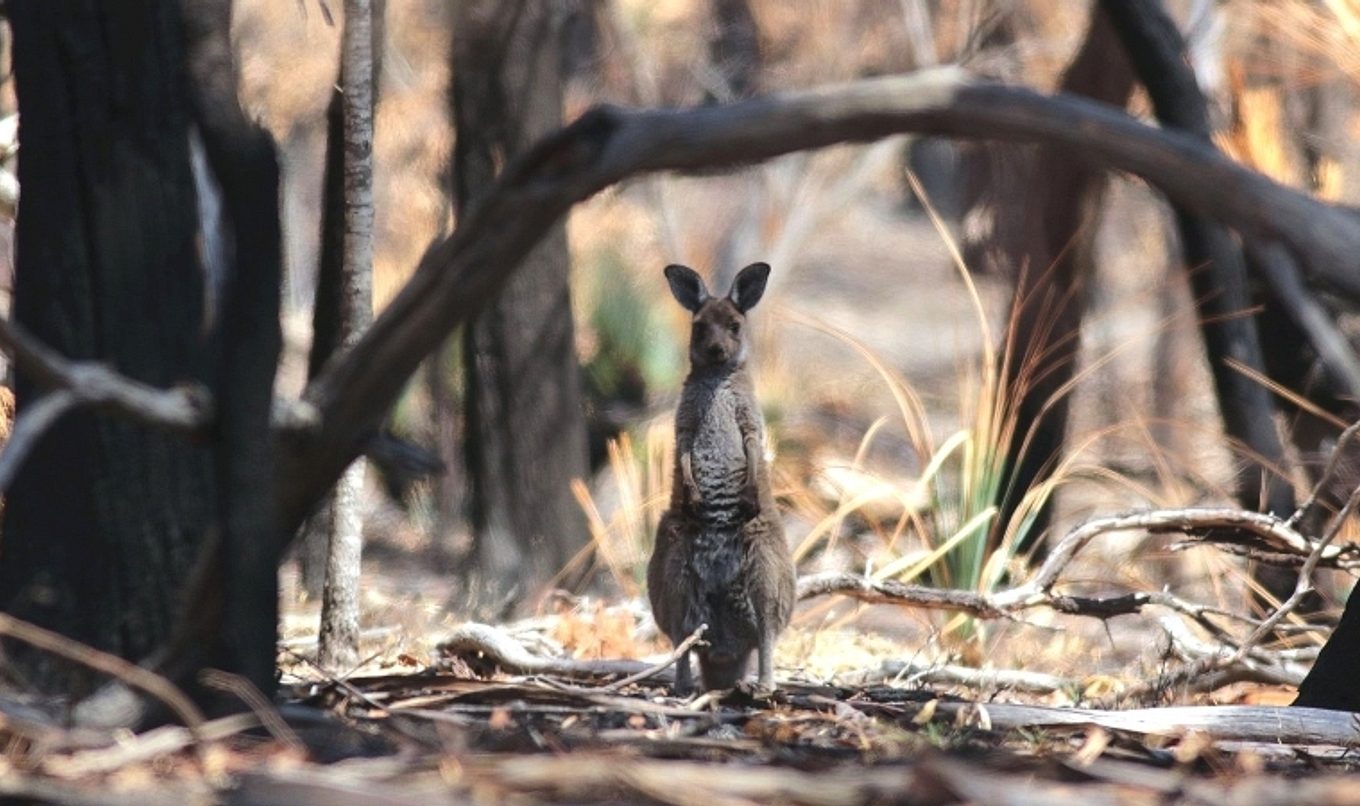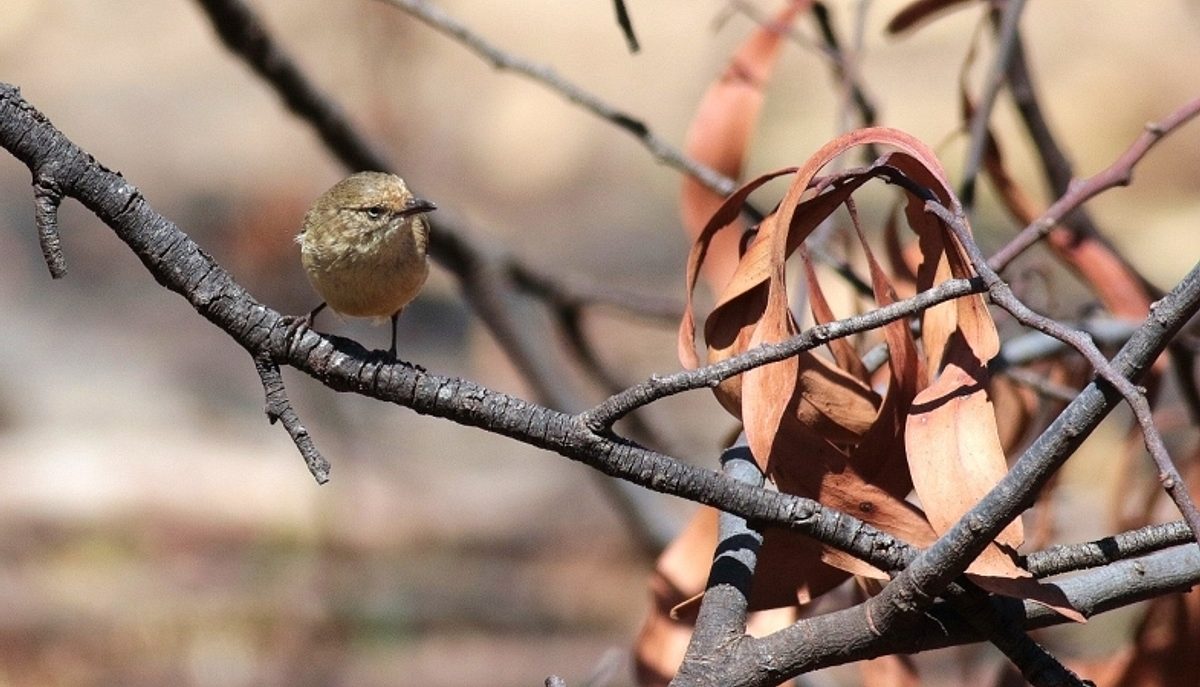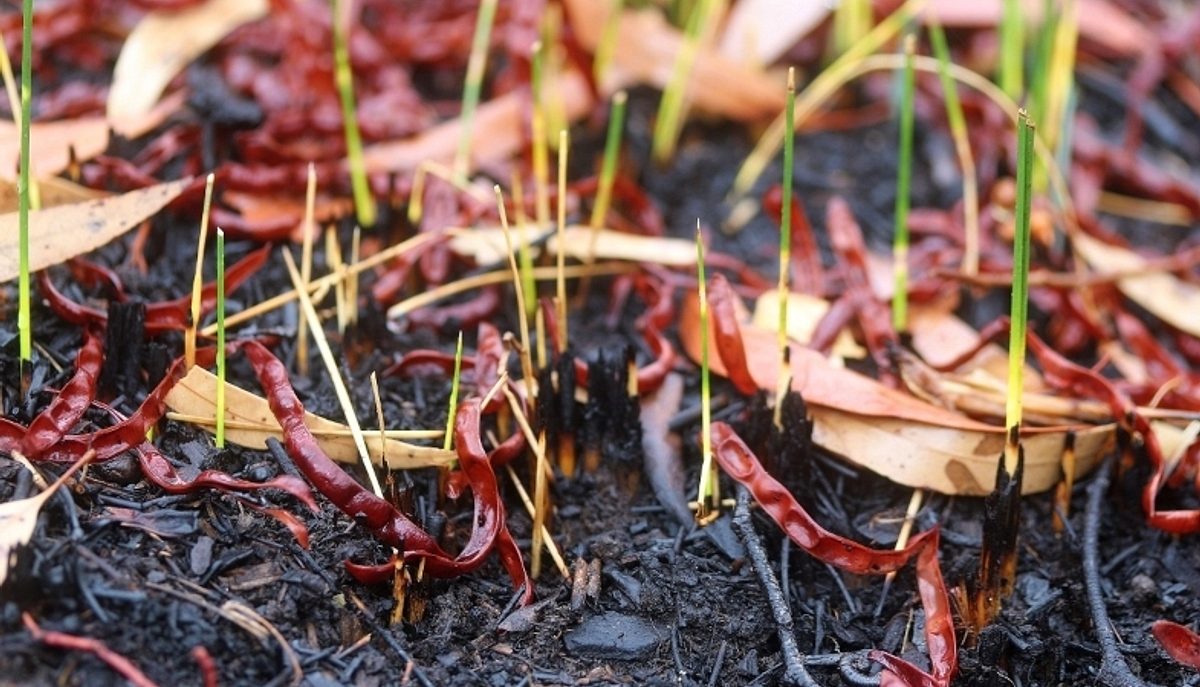Cudlee Creek bushfire-affected parks show signs of recovery
Blackened and burnt trees and shrubs throughout two conservation parks devastated in the Cudlee Creek fires have begun re-sprouting following recent rains.

Both Charleston and Porter Scrub conservation parks were completely burnt during the December fires, leaving trunks charred and the ground black and bare. Both parks are closed for safety reasons.
But after just six weeks, these parks are revealing that nature’s “first responders” are throwing out shoots and bursting from the ground as the process of forest recovery begins.
Among the first to sprout was the yacca or grass tree (Xanthorrhoea sp.), said Natural Resources Adelaide and Mt Lofty Ranges (AMLR) fire ecologist Andrew Sheath.
“Their narrow spiny leaves can grow centimetres in a single day,” he said.
Other quick responders have been stringy bark trees, their trunks studded with bright green new growth.
And while many pink gums were seemingly killed by the fire, tufts of young shiny leaves are emerging from underground stems at the base of the trees.
“Many fire-adapted plants can re-sprout rapidly, thanks to epicormic buds stored either deep within the trunk or at the base of the plant,” Mr Sheath said.
At ground level, Christmas bush and Guinea-flower, native grasses, sedges and our state emblem, golden wattle, are making a reappearance in the form of tiny emerald-green patches.
All this leafy regeneration attracts insects and the birds that follow them. On blackened branches come the calls of the Grey fantail, Scarlet robin, Fairy wren, Grey shrike thrush, Buff-rumped thornbill and Tree creeper - species which still call the blackened forest home.
Porter Scrub was proclaimed a conservation park in 2005 to protect a significant area of remnant forest and woodland habitat, including rare candle bark gums.
Up to 23 plant and animal species of conservation significance call the park home, including the nationally vulnerable Bassian thrush and clover glycine, a plant listed as vulnerable in South Australia.
Charleston Conservation Park was proclaimed in 1976 and covers an area of 54 hectares. The forest here is one of the few remaining examples of the transition between the wetter stringy bark forests on the western side of the Mount Lofty Ranges and the drier Mallee woodlands to the east. At least 76 bird species have been recorded here.
Staff from Natural Resources AMLR and National Parks and Wildlife Service South Australia have been arranging to assess and repair park tracks and assets and to undertake a tree audit.
Both parks will remain closed until they are safe for visitors.



